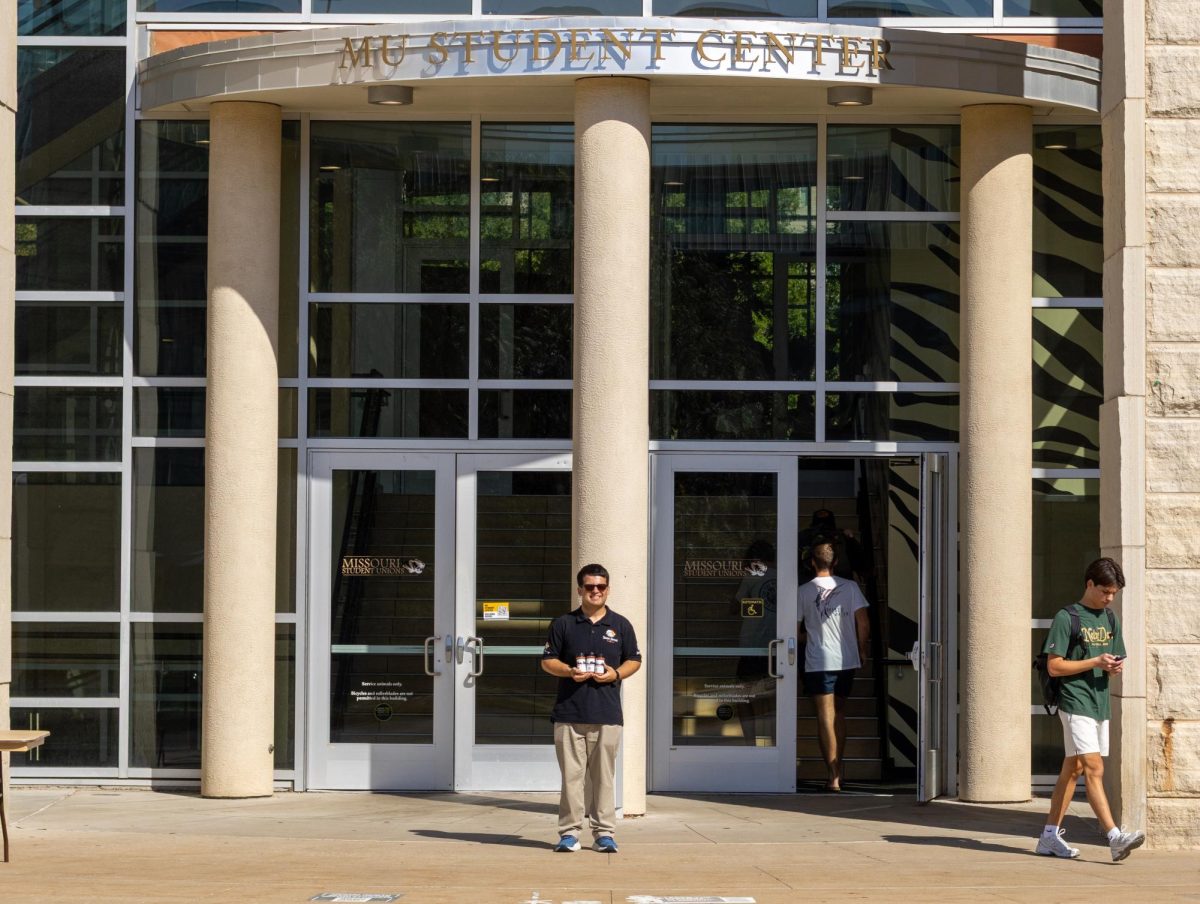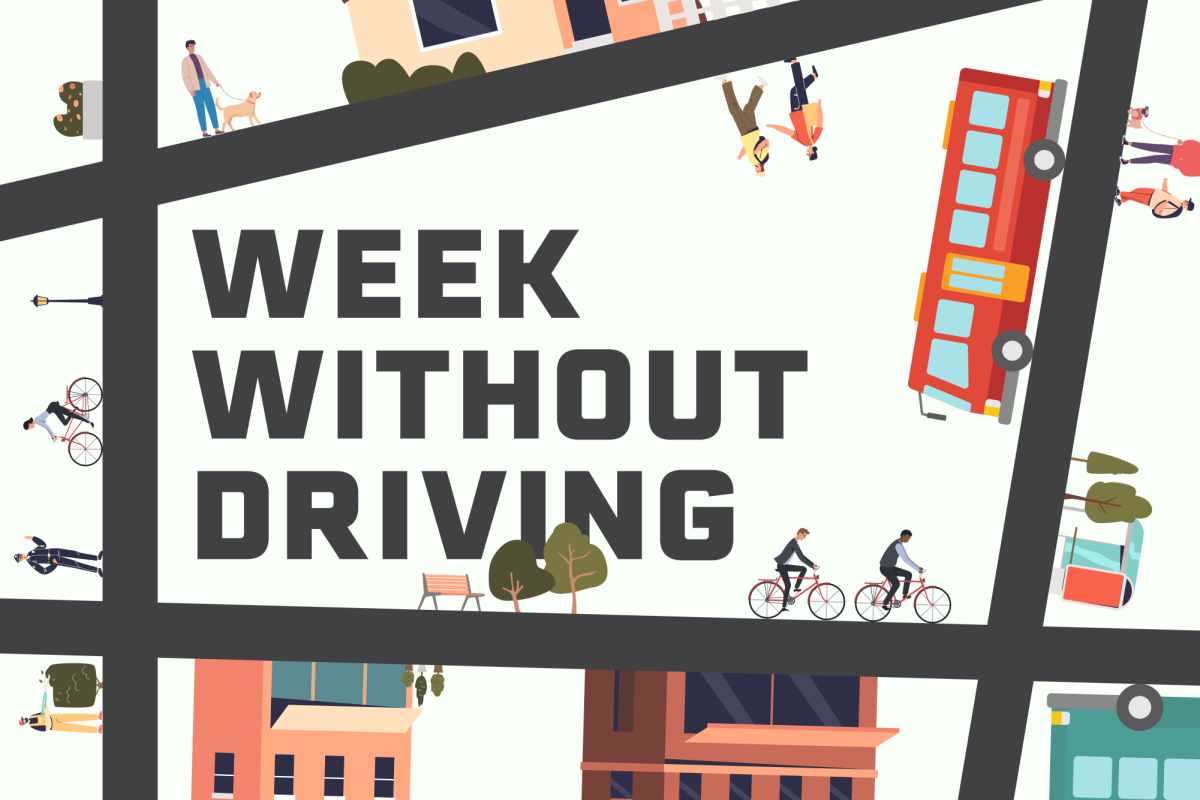Between the city blocks of 20th and 32nd Streets in Joplin, Mo., all that can be seen for miles are stripped trees, rubble and debris. The city was hit with an F5 tornado on the evening of May 22, and devastation was left in its wake.
In Joplin, St. John’s Regional Medical Center was the only medical center hugely impacted by the storm. Around 6 p.m. Sunday, a tornado caused significant damage to the hospital, and patients took to the hallway for safety. Although the building still stands, windows are shattered and the parking lot is littered with the twisted remains of cars. The hospital’s website is still down.
The number of people killed in the tornado has now climbed to 122. According to weather.com, at least 17 survivors have been pulled from the rubble.
With many victims and nowhere to take them, the city of Joplin coordinated transferring their patients to nearby hospitals in Lawson and Springfield, Mo., and the American Red Cross called for emergency personnel help.
Triage centers were set up around the town, the main one in Joplin’s town hall. Doctors and nurses from cities all over Missouri drove down to help in any way they could, when reports surfaced of the center turning the injured away when the centers had reached capacity around 10 p.m. the night of the twister.
By midnight, the flow of wounded people lessened as the darkness forced the search and rescue efforts to slow.
The MU Health Department helped with rescue efforts.
“MU Health Care sent two ambulances with medical crew to Joplin last night,” MU Health Care spokesman Matt Splett said Monday. “Two helicopters were on standby to be lent if they were needed. Right now, we’re in regular communication with local officials. We offered other resources. We have two disaster trailers we’re prepared to send if needed.”
The ambulances held two medics per ambulance and arrived in Joplin on Sunday night. Boone County is at the ready to dispatch any personnel needed as well.
“We work through the State Emergency Management Agency,” Zim Schwartze, Boone County Office of Emergency Management director said. “They will request resources, and SEMA organizes what happens. What we are being told now, we’ve been told to standby.”
City officials met Monday morning to gather a list of people and equipment available to be sent, Schwartze said.
She said that there is an overwhelming desire to help coming from nearby communities, and that right now, the best thing people can do to help is donate directly.
“People have to be very careful (with) how they donate and where,” said Scwartze, who suggested that people donate to the Red Cross and Salvation Army.
The Salvation Army is collecting cash and personal care items at their Columbia location at 1108 West Ash Street. The public can also donate at the Salvation Army or Red Cross websites.
Schwartze said this is a good chance to remind students how to be safe in the event of severe weather, especially those who are not from the Midwest.
“If they are outside, they are likely to hear an outdoor warning siren,” she said. “Get quickly into a strong, sturdy building. If inside, go to a basement. If there are no basements, a lower level, away from windows. If you’re out driving, stop and get to safety. If there’s no safety, get down in your car, not necessarily a ditch.”
She said sometimes there are situations where people can’t find protection, and recommended that people caught in these situations do the best with wherever they are located.
“Take the sirens seriously,” Schwartze said. “They mean there is something coming. The National Weather Service has indicated a threat.”
The Boone County tornado sirens are tested on the first Wednesday of every month at noon, if the weather is clear.







